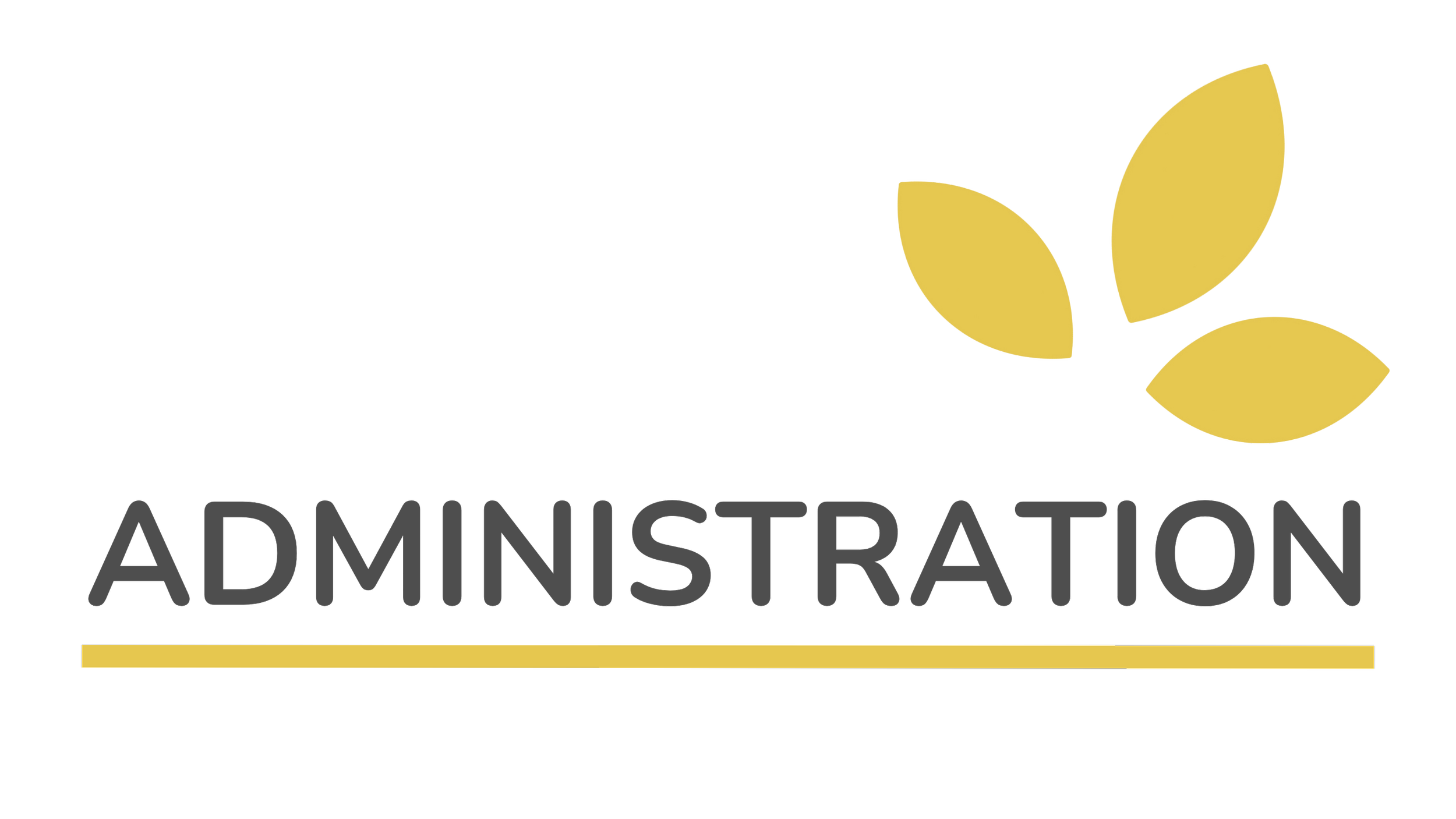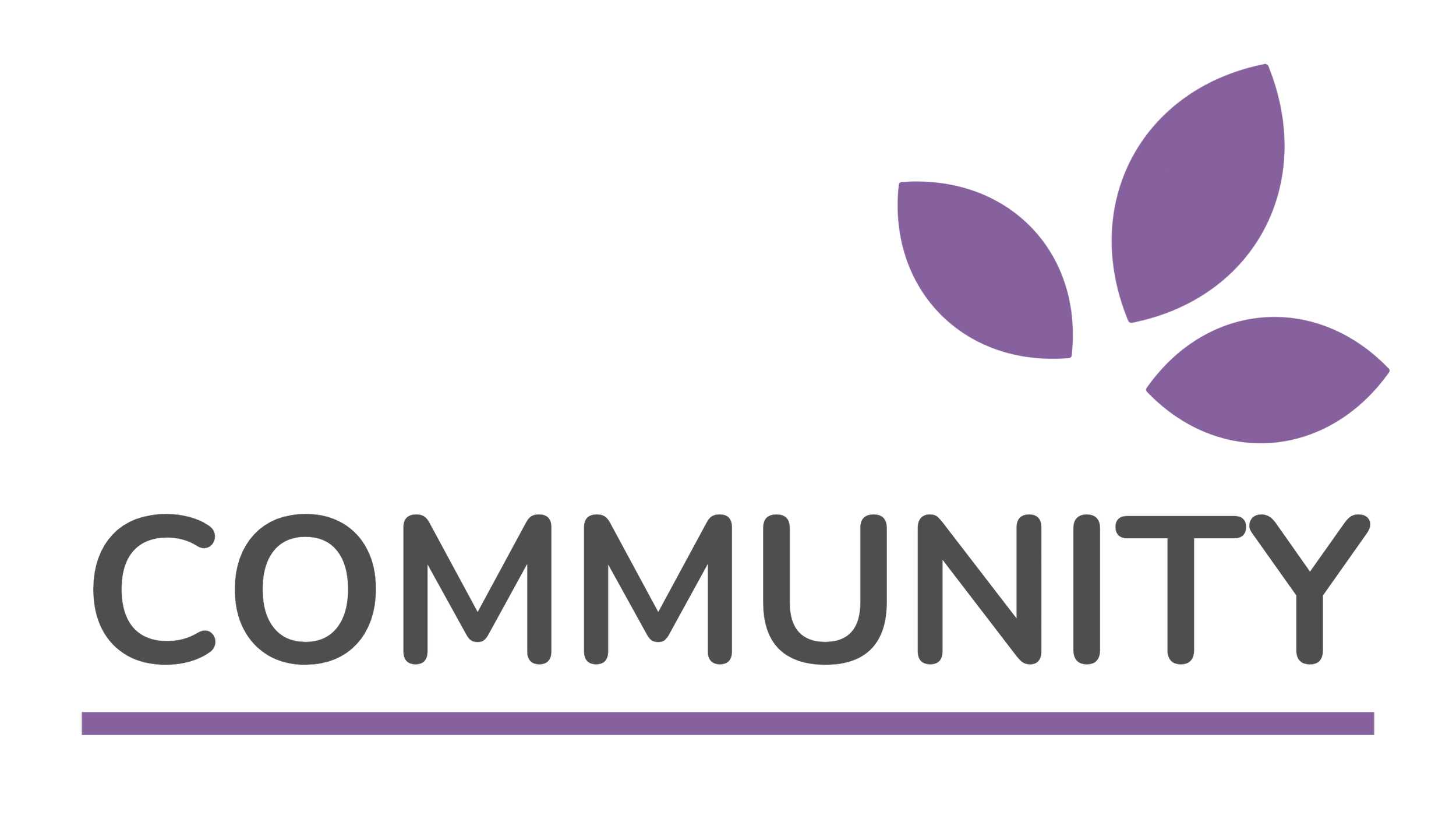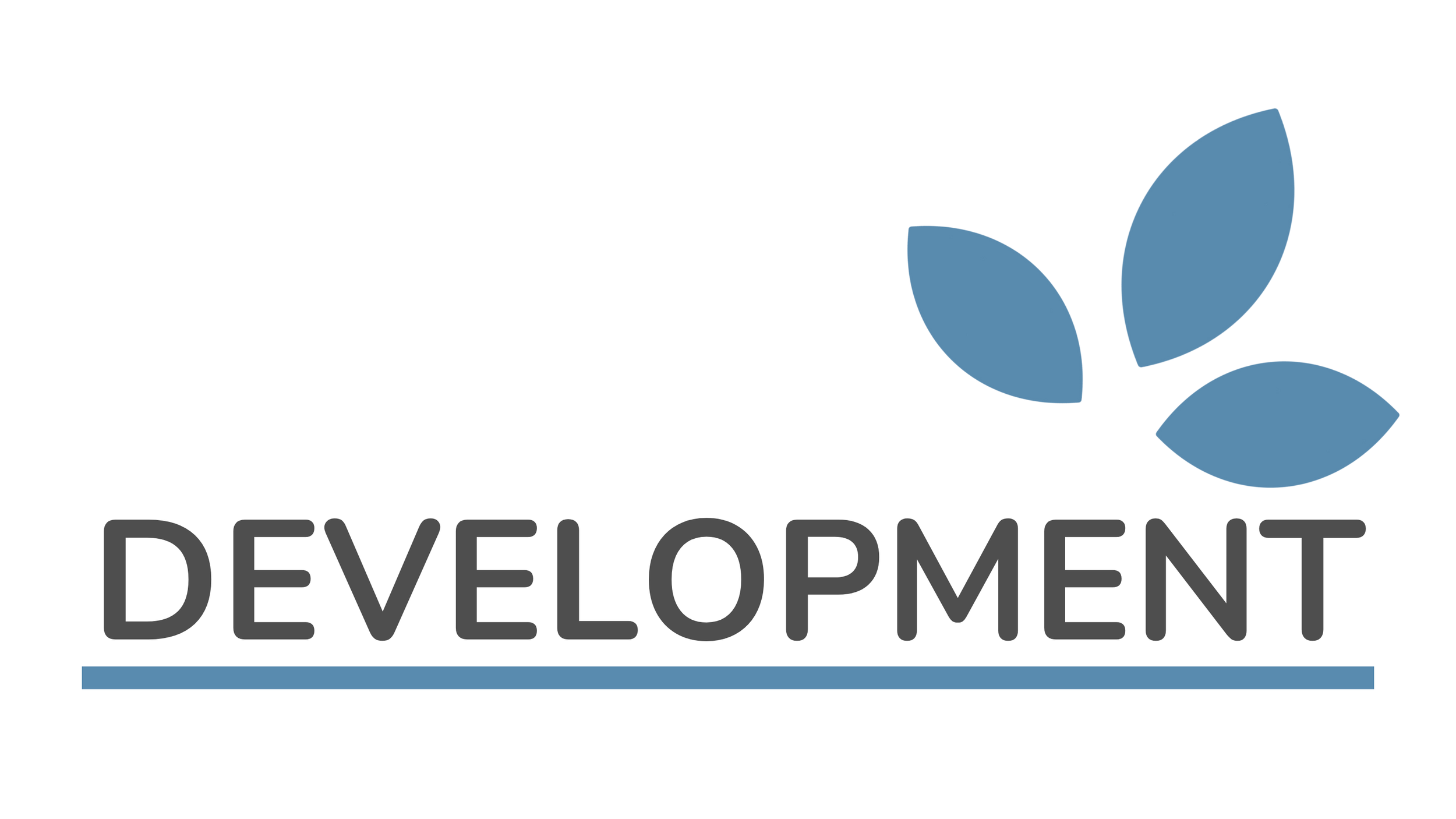6 Segments: Part of the 6+4 Nonprofit Management System
THE 6
The 6+4 system is designed to incorporate the fundamentals of business management into a nonprofit organization’s DNA, so that the business itself runs smoothly in the background while mission drives the work.
“The 6” are the six functional departments that should exist within the nonprofit business: Administration; Development (or fundraising); Finance; Marketing and Communication; Programming; and, last but not least, Community. The smaller the organization, the more likely it is that one person is wearing more than one (or even all) of these hats.
When we think of nonprofits, we usually think of the Programs - what they do to change the world. A food pantry provides food, for example. And it does - that’s why it exists. But the food distribution is “programming” and just one part of the business. Sure, it might be the most important part… but is it? It can’t exist unless all the other segments are working well.
We find that few people go into nonprofit work with an expectation that there is going to be billing, legal, payroll, social media, newsletters, volunteer management, tax filings, chamber networking, conferences to attend… “The 6 Segments” encapsulate all the big and little tasks that go into making the business hum.
1. Administration
What it is:
If you had a Chief Operations Officer or Chief Administrative Officer, this is what that person would do. They way we’ve defined it here is to create a catch-all for operational work that doesn’t include finance and marketing, which we’ve named as their own segments. Admin work is the set of tasks outside those two functions that supports the business structure.
Some Administration tasks:
Governance, including holding board meetings and keeping the correct documentation
Compliance with government forms and filings
Human Resources, including staffing, training, managing contractors, and volunteer management
Legal and Insurance
Facilities Management
Technology
Pro Tips:
This work is critical - and the right person will find it fun and engaging. You need someone who has a mix of people skills and attention to detail. For example, Administration includes both the soft skills of hiring and training people and the hard skills of running payroll.
Ongoing tasks include running payroll, hiring, onboarding, board meetings and governance. Annual tasks include government filings, insurance renewals and lease re-negotiations.
2. Community
What it is:
Community is the intentional participation in the larger world. Whether that is the nonprofit sector in which you live, the neighborhood in which you work or the industry association that supports the professionals who do similar work. It’s important to you as a leader and your organization to be a recognized entity within your community - and it will do you good to have that sense of belonging.
Some Community tasks:
Participating in association or chamber of commerce meetings
Getting to know other nonprofits in your sector at networking events.
Publishing work as a thought leader in your sector.
Volunteering outside your organization
Maintaining your presence in directories and membership rosters.
Establish a mentor and a mentee relationship
Pro Tips:
It’s easy to let the Community Tasks fall off the task list in the face of all the work you need to do to manage your organization and serve your clients. Beware - that’s a mistake. The Community work is “important not urgent” in the Eisenhower matrix - the tasks that can fall off the calendar when met with “important and urgent.” Set yourself a goal to participate in Community events and try to meet it.
3. Development
What it is:
Development is Relationship-Building with supporters, whether they contribute financially or with their time as volunteers. This is the department often called fundraising but it so much more than just raising money.
Some Development tasks:
Annual fundraising event or gala
other fundraising campaigns
Sending out donor mailings
Gratitude days
Donor outreach and other stewardship
Celebrate volunteers
Pro Tips:
Work to build relationships - not just to complete donation transactions.
4. Finance
What it is:
The bank, the books, the bills, the financial reports, the budget… This is the financial management arm of your organization. It needs discipline, dates and some training in how to manage business financial processes.
Some Finance tasks:
Managing deposits, bills, invoices, cash and expenses
Closing the books
The annual audit
Filing the tax returns
Preparing a Treasurer’s report for the Board Meeting
Evaluation investment returns
Pro Tips:
Set aside a half day a week to attend to financial issues so that they don’t pile up. Even if you have a bookkeeper or accountant in your employer, it is important to review the work as financial health is the responsibility for both the board and the leadership team.
5. Marketing
What it is:
Getting your story out there - whether through printed collateral, digital media, or word of mouth - is marketing. Marketing supports both Development and Programs as well as the overall brand of the organization.
Some Marketing tasks:
Creating content and collateral
Blog posts
Event marketing and program promotion
Update the website
Send newsletter
Post on social
Create the annual report
Pro Tips:
Put Marketing tasks on the calendar not because you forget about them, but because you can go down a rabbit hole on any given marketing project. You need a clear line of sight to ALL the marketing tasks you need to do so that you can budget your time across all the tasks.
6. Programs
What it is:
When people think about nonprofit work, this is the work they think about. The programs that serve clients, the classes that serve participants and the performances that serve patrons and audiences. This is the work you got into the business for.
Some Programming tasks:
Set the program calendar
Open registration
Create impact metrics
Survey participants
Train providers
Meet with partners
File grant reports
Regularly email participants
Pro Tips:
This is the work that drives the organization and fulfills the mission. get this on the calendar first and schedule the business management tasks from the other segments around it. If there is so much programming you can’t get to the business management, you need to reduce programming or bring in management help.
Need Help?
We can consult for your organization and help you figure out how to best plan and manage any of the Six Segments. Let’s set up a call and talk through what you need.














